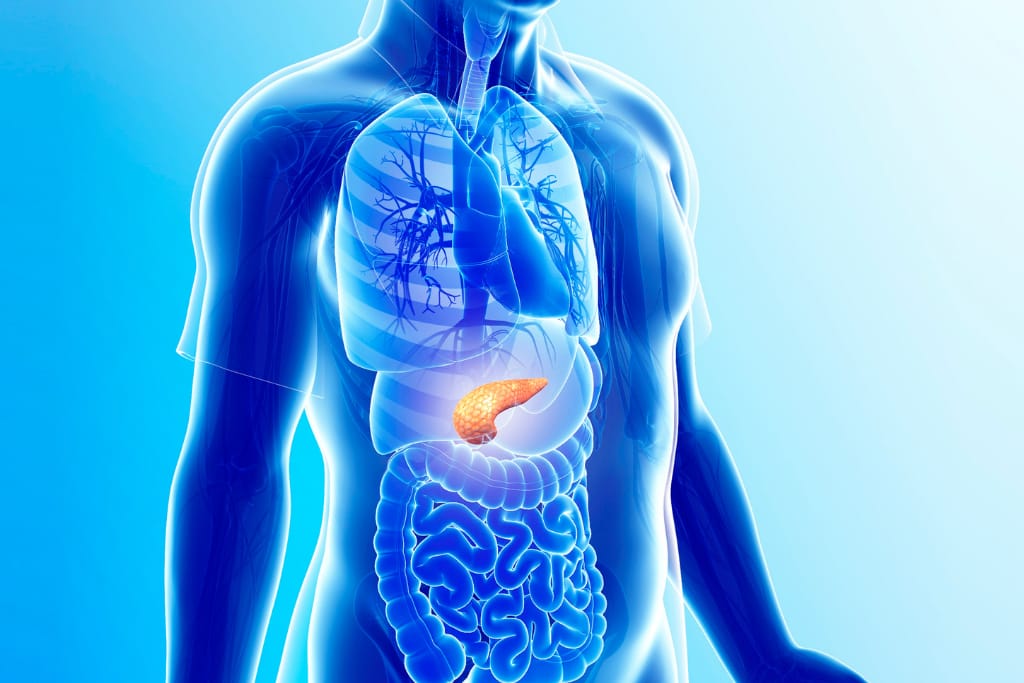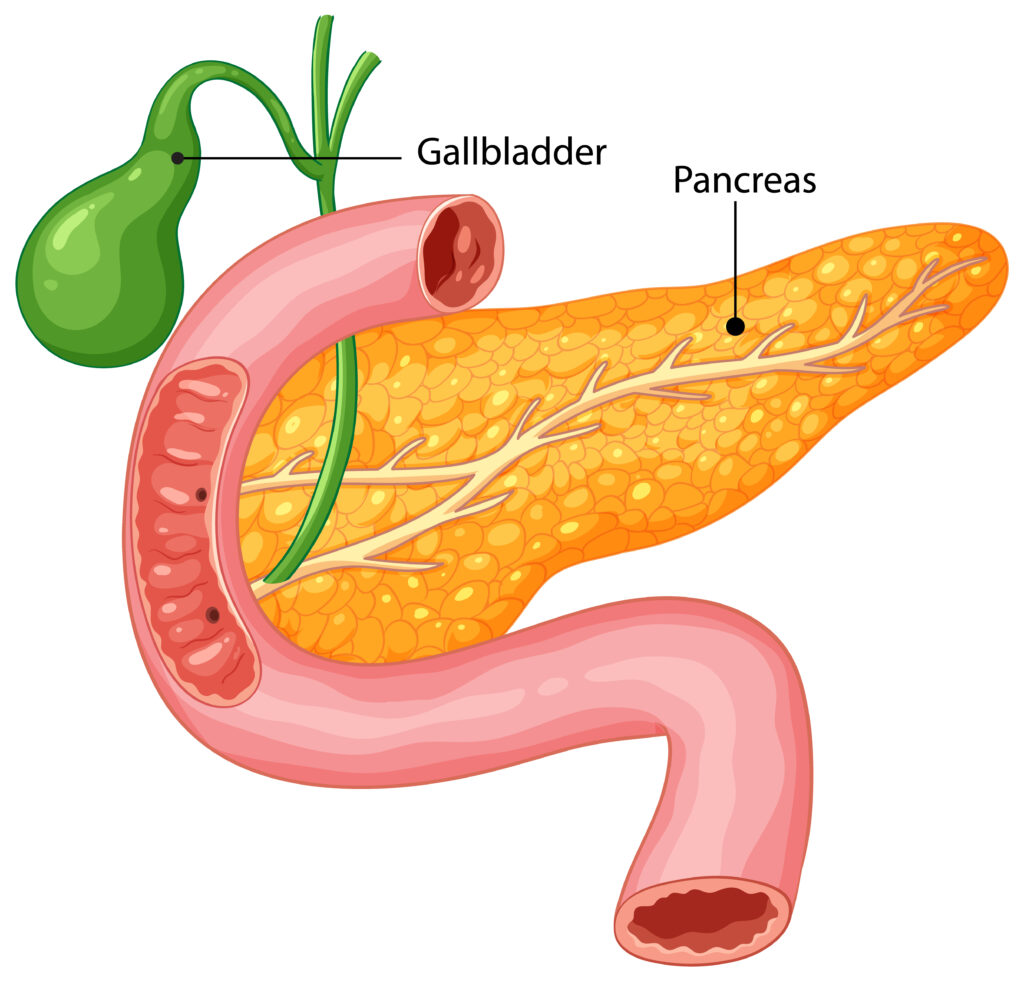Introduction:
Pancreatitis is a serious medical condition that affects thousands of people every year. Since the pancreas plays an essential role in digestion and blood sugar control, inflammation of this organ can lead to severe health problems. Understanding what is it? its symptoms, causes and treatment options can help you detect it early and seek the right medical care.
What Is Pancreatitis?
Pancreatitis is the inflammation of the pancreas, a gland located behind your stomach. Normally, the pancreas releases enzymes that help break down food and hormones like insulin and glucagon that regulate blood sugar. When the pancreas becomes inflamed, these digestive enzymes may become active while still inside the pancreas. Instead of helping with digestion, they start attacking the gland itself, causing pain, swelling and tissue damage.

There are two main types of pancreatitis:
- Acute Pancreatitis
- This type comes on suddenly and is often very painful.
- Symptoms can develop within hours and may include intense upper abdominal pain, nausea, vomiting and fever.
- Most mild cases improve within a few days with hospital care, such as IV fluids, pain management and fasting to let the pancreas rest.
- However, severe cases can lead to life-threatening complications like infection, bleeding or organ failure.
- Common triggers include gallstones or heavy alcohol consumption, but it can also result from high triglycerides, medications or abdominal trauma.
- Chronic Pancreatitis
- This is a long-lasting inflammation that develops over time, often after repeated episodes of acute pancreatitis.
- The pancreas gradually becomes scarred and its ability to function decreases.
- People with this chronic disease may suffer from persistent abdominal pain, digestive problems, weight loss, oily stools and eventually diabetes, since the pancreas may stop producing enough insulin.
- The most common cause is long-term alcohol abuse but genetics, autoimmune conditions and gallstones can also contribute.
- Unlike acute pancreatitis, damage in chronic is usually permanent and requires ongoing medical management and lifestyle changes.
Pancreatitis Causes
Several factors can trigger the disease. The most common include:
- Gallstones (blockage of the pancreatic duct)
- Excessive alcohol consumption
- High levels of triglycerides
- Side effects of certain medications
- Abdominal injury or infections
In some cases, the exact cause remains unknown but lifestyle and medical conditions often play a role.
Pancreatitis Symptoms
Recognizing the early signs of the disease is crucial for prompt treatment. Common symptoms include:
- Severe upper abdominal pain that may spread to the back.
- Nausea and vomiting.
- Fever and rapid heartbeat.
- Swollen or tender abdomen.
- Unexplained weight loss.
Complications of Pancreatitis
If left untreated, it can cause serious complications such as
- Pancreatic necrosis (tissue death).
- Fluid buildup (pseudocysts) around the pancreas.
- Kidney failure.
- Breathing difficulties.
- Pancreatic cancer (long-term risk).
- Malabsorption and vitamin deficiencies.
How the disease Is Diagnosed
Doctors may use a combination of
- Blood tests (to measure pancreatic enzymes).
- Imaging tests (CT scans, MRI, ultrasound).
- Endoscopic procedures to detect blockages or stones.
- Stool tests (for chronic pancreatitis, to check digestive enzyme function).
Treatment of the Disease
The treatment of disease depends on whether it is acute or chronic. Common options include:
- Hospitalization for IV fluids and pain relief.
- Temporary fasting to let the pancreas rest.
- Medications to reduce pain and manage enzyme production.
- Enzyme supplements to aid digestion in chronic cases.
- Surgery (especially when gallstones are involved).
- Lifestyle changes, such as quitting alcohol and following a low-fat diet.
A diet focusing on lean proteins, fruits, vegetables and whole grains can significantly improve recovery and reduce flare-ups.
Prevention Tips
While not all cases can be prevented, you can lower your risk by:
- Avoiding excessive alcohol use.
- Maintaining a healthy weight.
- Controlling triglyceride and cholesterol levels.
- Eating a balanced, low-fat diet.
- Avoiding smoking.
- Seeking prompt treatment for gallstones and digestive issues.
Conclusion:
The Disease should never be ignored. Understanding what is this disease, recognizing the early signs of pancreatitis and knowing about its causes, pancreatitis symptoms and its treatment can save lives. Whether you are dealing with acute or chronic pancreatitis, timely medical attention and lifestyle changes are key to managing the condition effectively.



